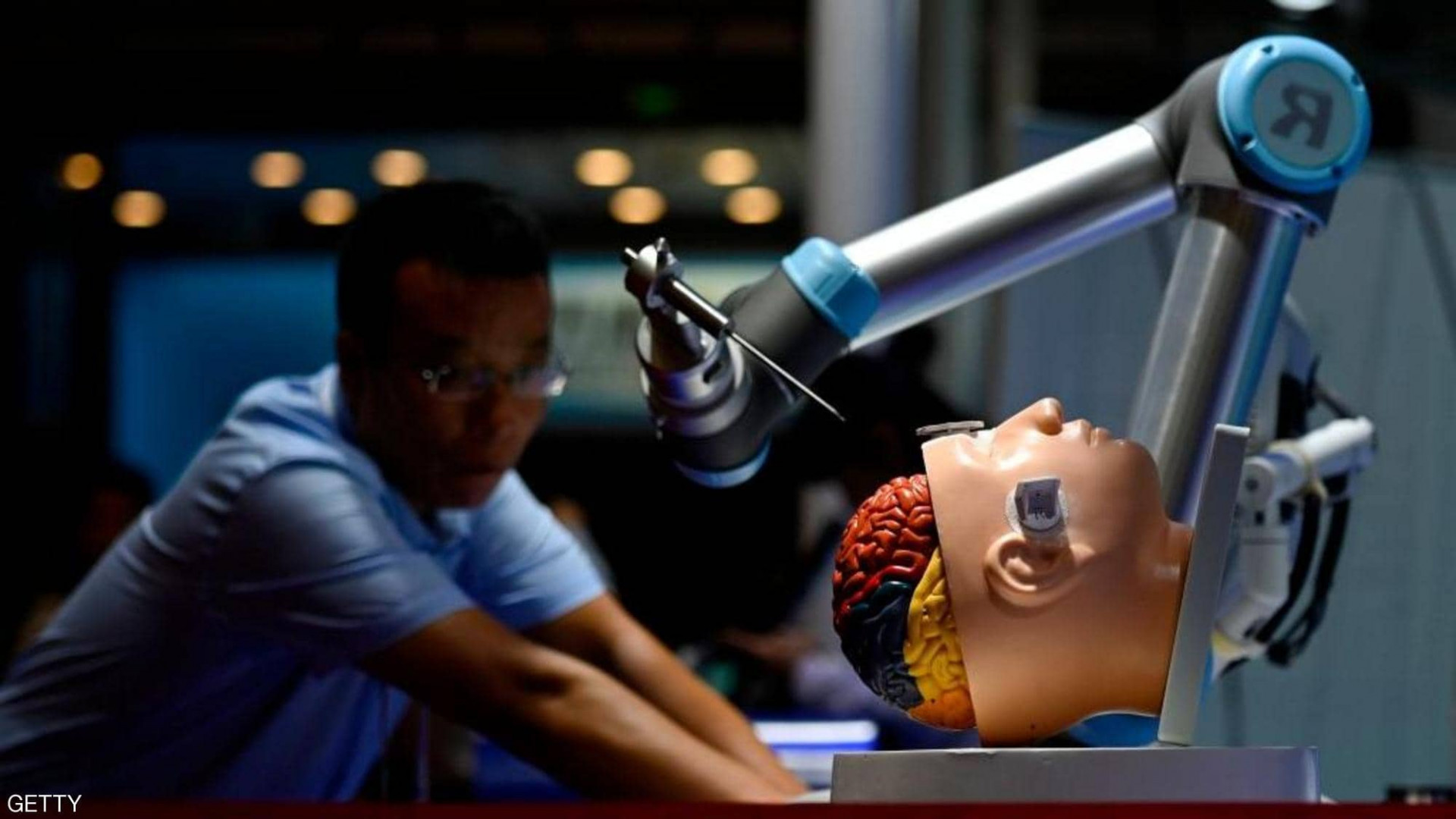Doctors May Have Found Secretive New Organs in the Center of Your Head

Shafaq news/ Scientists have discovered what looks to be a new organ in the center of the head. New York Times stated.
The “unknown entity” was identified while doctors from the Netherlands Cancer Institute in Amsterdam examined 100 individuals with tumors in their prostate or urethra.
After the patients were injected with radioactive glucose, an advanced scanner revealed what looked to be mysterious salivary glands in the upper part of the throat behind the nose.
Although unclear, these may play a role in lubricating the throat and aiding swallowing.
Salivary glands can be damaged during radiotherapy. A separate study of 723 head and neck cancer patients found having the treatment around where the new organ is located can result in a dry mouth and swallowing difficulties.
The Dutch doctors hope their discovery will give medics another target to avoid when carrying out the procedure.
Speaking of the discovery, study author Dr Wouter Vogel said: “People have three sets of large salivary glands, but not there.
“As far as we knew, the only salivary or mucous glands in the nasopharynx [upper part of the throat behind the nose] are microscopically small, and up to 1,000 are evenly spread out throughout the mucosa [mouth].
“So, imagine our surprise when we found these.”
The doctors discovered the new structure, dubbed tubarial glands, in all 100 patients while carrying out a so-called PSMA PET/CT scan.
The glands were also identified in a male and female cadaver, they revealed in the journal Radiotherapy and Oncology.
The three main salivary glands which were already known to scientists – the parotid, submandibular and sublingual glands – cannot generally be seen without a microscope.
Tubarial glands, however, are much larger.
“The two new areas that lit up turned out to have other characteristics of salivary glands as well,” said co-author Dr Matthijs Valstar.
“We call them tubarial glands, referring to their anatomical location.”
The glands were found above the torus tubarius, a cushion of the auditory canal in the nasopharynx.
Although unclear, the tubarial glands may contain a larger number of cells that lubricate the throat and aid swallowing.
While discovering a new organ in 2020 may seem far-fetched, the doctors wondered if the glands’ positioning made them inaccessible.
The relatively new PSMA PET/CT scan can also detect structures that may have been missed by older imaging systems.
When looking at the 723 head and neck cancer patients, the scientists found an average dose of radiotherapy to the tubarial gland area was associated with a dry mouth and difficulty swallowing one year later.
“Patients may have trouble eating, swallowing or speaking, which can be a real burden,” said Dr Vogel.
“For most patients, it should technically be possible to avoid delivering radiation to this newly discovered location of the salivary gland system in the same way we try to spare known glands.
“Our next step is to find out how we can best spare these new glands and in which patients.
“If we can do this, patients may experience less side effects, which will benefit their overall quality of life after treatment.”